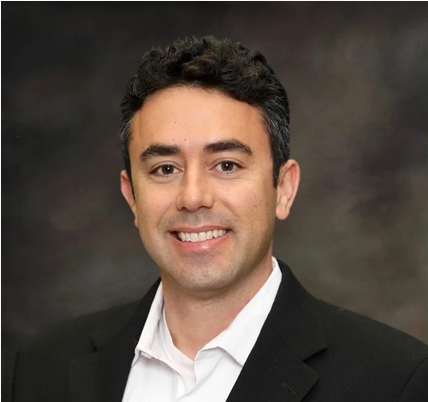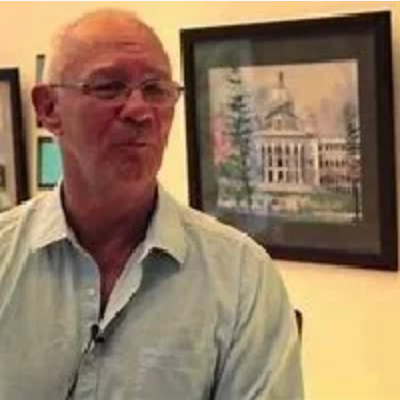Professor Virginia García Acosta
Risk and Crises as Social Constructs in a Comparative Perspective
The study of risks and disasters, especially those associated with natural hazards, has powerfully attracted the attention of social scientists from different disciplines for more than a century. Anthropology and History have become major contributors to the understanding that what has increased over time is not the presence of natural phenomena, but the presence of growing risks and vulnerabilities, which we call the social construction of risks.
This conference will address, from the starting point that disasters are processes, how research, based on ethnography and historical documentation coming from a wider global south, can help to understand how society generates contexts that are vulnerable to such a degree that the context itself becomes a hazard and, consequently a factor of risk generation. Some of the main theoretical and methodological paths developed up to now will be addressed. The general idea is to discuss that progress to date shows that interdisciplinary and comparative dialogue has been instrumental in the progress made and needs to be continued.
Professor Hamilton Bean
Mobile Public Alert and Warning in the Climate Change Era: Reconsidering a Risk Communication Consensus
Dr. Dennis S. Mileti’s research underwrites U.S. and international officials’ approach to mobile public alert and warning. Mileti emphasized the importance of complete messages in his 2018 FEMA PrepTalk: “[U.S. Department of] Homeland Security funded a lot of social psychologists and sociologists and communication people to study warnings a few years ago, and there were many breakthroughs learned. One of the things that was learned that that 90-character WEA messages accomplished nothing” (FEMA, 13:50). He asked the audience, “But what impacts protective action initiation behavior in Americans the most?” His answer: “It’s the message contents. It’s the message contents. It’s the message contents” (15:53). Mileti’s PrepTalk has become the cornerstone of FEMA’s IPAWS training, reaching hundreds of state, county, and municipal officials. Taken at face value, Mileti’s claim that “it’s the message contents” risks downplaying the principle that meaning is generated through the interaction of text and context. The risk communication consensus potentially overemphasizes message effects, creating a false sense of security. While recent mobile public alert and warning policy and practice developments in the United States have rightly affirmed the importance of text, the task is now also to improve context.
Professor Wändi Bruine de Bruin
Communicating the Climate Crisis
Climate change poses a serious threat to people around the world. Organizations such as the Intergovernmental Panel on Climate Change (IPCC) are tasked with communicating about climate change with international audiences of policy makers and members of the general public. These communications can be complex and, in the words of one of our research participants, "talk over people's heads." In this presentation, I will discuss my ongoing work with various organizations on understanding and informing public perceptions of climate change, and making climate change communications more accessible.
Professor Allen Lavell
Disaster risk reduction and prevention through spatial and development policies in world regions.
Structural and residual disaster risk reduction are key priorities of the intergovernmental Sendai agreement as they were for Hyogo and are key in achieving the UN Sustainable Development Goals. Structural DRR comprises two differentiated practices, firstly corrective, mitigatory reduction of existing risk and secondly, preventative, prospective, avoidance or control of potential future risk. Residual risk reduction can be achieved through compensatory, pre and post hazard event impact actions, whether through early warning and anticipatory action, response, recovery and reconstruction or resilience building in general.
Despite the priority nature of these practices, a very large gap exists between policy and concept and on the ground practice, with the result that disaster risk has and grows rapidly in many parts of the world today, severely challenging the achievement of the SDGs. As disaster risk is predominantly a social construction, a result of failed or skewed development practice, DRR, particularly its prospective mode, can only be satisfactorily achieved through the use and risk dimensioning of existing development instruments and strategies, including those of a spatial, sectoral (social and economic), and environmental nature. The conference will examine disaster risk construction processes and the corresponding necessary development based DRR mechanisms at different scales and locations in more developed countries and the global south.
Professor Ortwin Renn
Transboundary and transsectoral dimensions of systemic risks: Implication for governance and communication
One of the most critical challenges facing humanity is the increasingly urgent need to find and implement pathways to sustainable futures. While humans living in Earth’s environment on which survival of all forms of life depends have been subject to disasters and faced crises at global to local spatial scales and temporal scales from immediate to long-term threats to future generations, a new type of risks, called systemic risks, are now increasingly acute and potentially irreversible with disastrous consequences leading to simultaneous polycrises. They include, e.g., the COVID-19 pandemic, food security, shifting geopolitics and war, climate change impacts, transgression of planetary boundaries, and systemic inequity and injustice.
With respect to adequate governance responses to deal with systemic risks, the complexity literature suggests a number of systematic approaches and instruments such as stress tests, reverse stress tests, critical transition trajectories, black swan scenarios and others. In addition, network theory provides tools with which to investigate the structure of global connectivity, including the interactions between networks. A special challenge refers to risk communication for systemic risks. The threat is often counterintuitive, the relationships are mostly stochastic, complex and non-linear, and tipping points may obscure the eminence of the dangers. The paper will address these challenges and suggests some options to design effective risk communication programs.
















